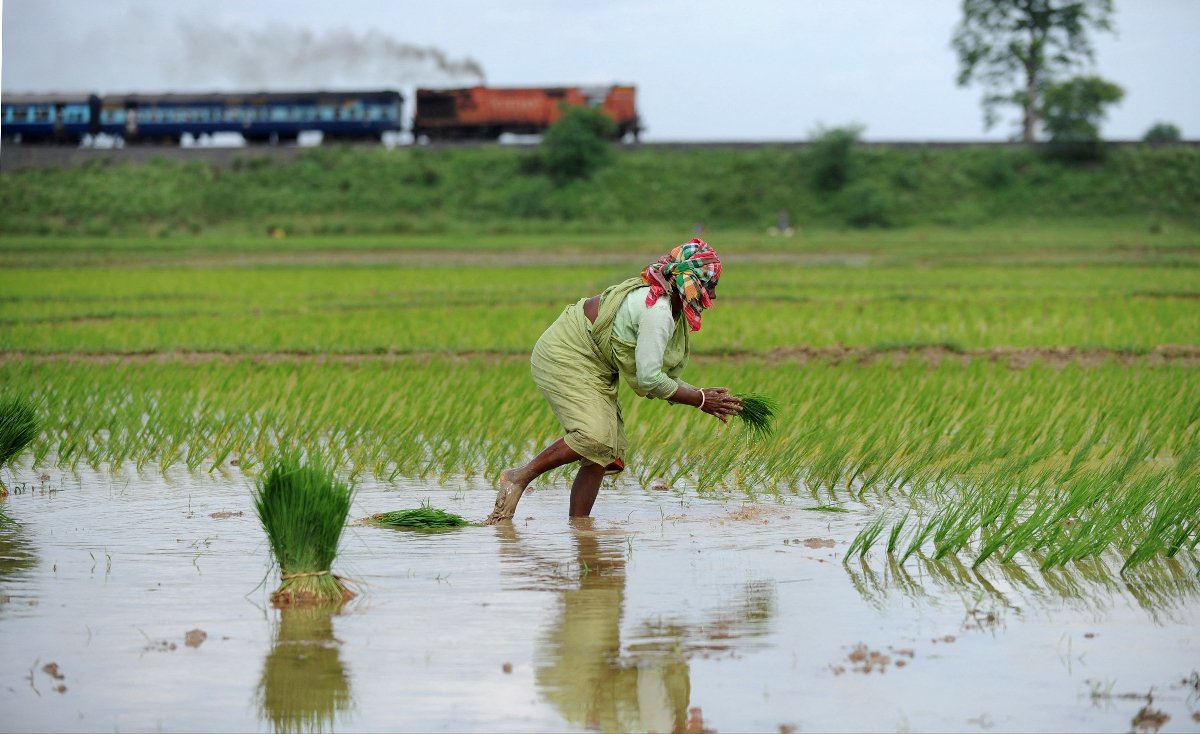The voluntary carbon offset market is set to skyrocket to $250 billion by 2050, a significant increase from its current estimated value of $2 billion in 2020, according to financial giant Morgan Stanley. However, despite the promising growth potential, there remains a lack of awareness surrounding the monetary and environmental benefits of carbon credits.
Carbon offsets are typically granted when an organization or company implements practices that reduce CO2 emissions, such as replacing fossil fuel energy sources with renewable alternatives or utilizing carbon capture technology. The polluters then purchase these offsets as a way to offset their own emissions, allowing them to claim a lower carbon footprint or “net zero” emissions. This has become increasingly crucial as the public and investors have become more aware of the role of CO2 in global warming, and as governments feel pressured to take action to reduce emissions.
However, not all carbon offsets are created equal, and the market currently operates with little regulation. Instances of credits being granted for projects that do not effectively reduce emissions have created uncertainty and driven down prices in the market.
“Big entities in the carbon offset space struggle to make an impact at the grassroots level,” explains a spokesperson for Varaha, an end-to-end developer for carbon credits, whose work spans across India, Bangladesh, Nepal, and Kenya.
Larger companies in the carbon credit industry tend to focus on projects related to renewable energy, such as switching to electric vehicles or installing solar panels for electricity generation. These projects require fewer resources and effort to measure and monitor carbon emissions. However, this approach has faced criticism and conflict as industry giants in sectors such as automobile, chemicals, and pharmaceuticals have begun to generate their own nature-based carbon credits.
This is where Varaha steps in, working with over 100 partners to generate carbon credits by implementing sustainable and regenerative farming practices with thousands of smallholder farmers across 700,000 acres of land. The company was co-founded in 2022 by Madhur Jain, an agricultural engineer with 17 years of experience working with farmers in India, along with Ankita Garg (COO) and Vishal Kuchanur (CTO).
Before starting Varaha, Jain had worked with Nobel Prize Laureate Michael Kramer as the country director for India at the social enterprise Precision Agriculture for Development, where he realized the need to incentivize farmers to reduce crop residue burning, which contributes to a winter smog. However, at the time, no methodologies were available to create carbon credits from agriculture. Jain decided to start his venture once these methodologies became more prevalent in developed markets, such as in the U.S. and Europe.
Varaha employs a measurement, reporting, and verification (MRV) platform that utilizes remote sensing, machine learning, and scientific research to quantify the impact of projects such as regenerative agriculture, afforestation, and biochar on emissions reduction and soil organic carbon sequestration. This not only generates nature-based carbon credits, but also helps farmers increase productivity, crop yields, biodiversity, and climate adaptation, while also conserving water.
One common farming practice that leads to carbon emissions is flooding fields to grow rice. Jain explains that this creates a layer of water that limits contact between the soil and the environment, leading to the growth of methane-emitting bacteria. This seemingly small practice contributes to 2% of global emissions. However, by reducing water usage, farmers can significantly decrease their impact on the atmosphere. With nature-based carbon credits, these farmers can not only reduce emissions, but also generate additional revenue.
Compared to nature-based credits, credits for renewable energy projects are easier to measure and do not have the same co-benefits for the environment. This means they are often priced lower, at around $0.5 to $4 per ton of carbon dioxide, which is one-fifth to one-seventh the price of nature-based credits. However, selling carbon credits generated from nature, including agriculture, requires more rigorous checks and balances and third-party audits.
“It is like coming full circle – identifying a problem much earlier on and then developing a solution to address it,” says Jain in an interview with TechCrunch.
With its new round of funding, Varaha plans to expand into 5-6 new countries in the next 12-18 months, with a focus on Vietnam, Thailand, Zambia, and Tanzania. The company also aims to enhance its technology and science teams, which currently make up half of its 51 full-time employees, and build a sales team in the U.S. and U.K. The startup has already contracted and sold over 230,000 carbon credits to customers in Europe, such as Klimate in Denmark, Good Carbon in Germany, and Carbon Future in Switzerland, among others. It has also seen interest from financial institutions and tech companies in the U.S. and U.K.
Despite India being one of the largest carbon emitters globally, Varaha currently has no Indian clients for the credits it generates. Jain explains that consumer behavior in developed markets is driving companies to voluntarily reduce their emissions, while fragmentation and infrastructural challenges make it more difficult to implement such projects in India. However, the company does expect to see some interest coming from India in the next 6-9 months.
Raising $8.7 million in its Series A round led by RTP Global, Varaha’s total funding now stands at $12.7 million. The startup works with NGO Verra to get its data and measurement practices audited before generating credits. This involves a rigorous process that can take up to 7.5 months, including deploying scientists to validate the data and ensure it is suitable for regional conditions. Farmers receive 60-65% of the credit sales value, while Varaha takes a cut of 20-25% and the rest goes to partners.
Partnering with investors, including Norinchukin Bank, AgFunder, and Octave Wellbeing Economy Fund, Varaha is optimistic about the future. “We are also looking at other innovative carbon capture solutions at the farm level,” Jain reveals. “So piloting these solutions and building them out is another key area to focus upon for this fundraiser.”
The startup’s grounded approach and Madhur Jain’s extensive experience in the domain has impressed investors, such as RTP Global. “We watched what he is able to deliver through a year and were very impressed with the result,” says RTP Global partner Galina Chifina. Varaha aims to use its new funds to enter new markets, expand its team, and develop new solutions to capture carbon emissions at the farm level.








